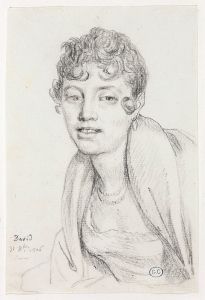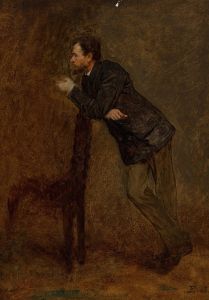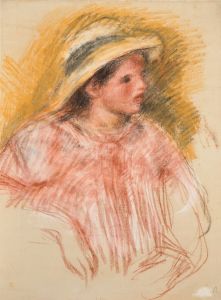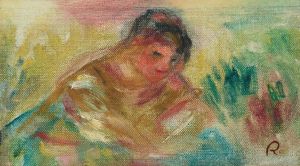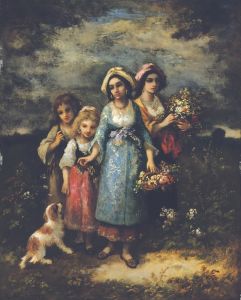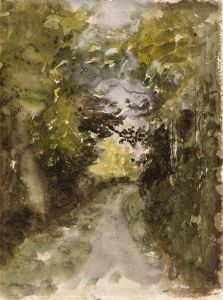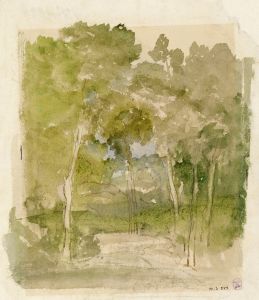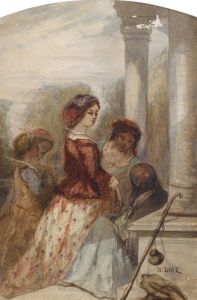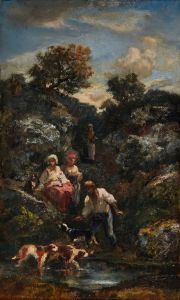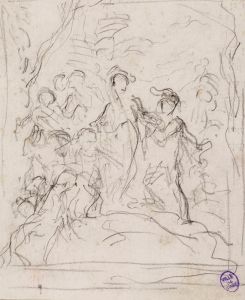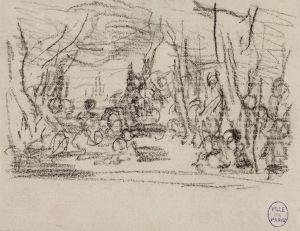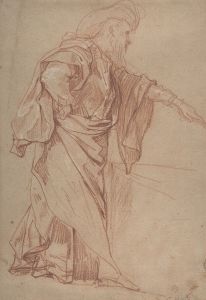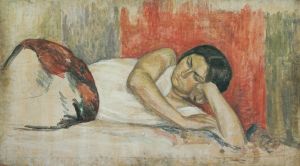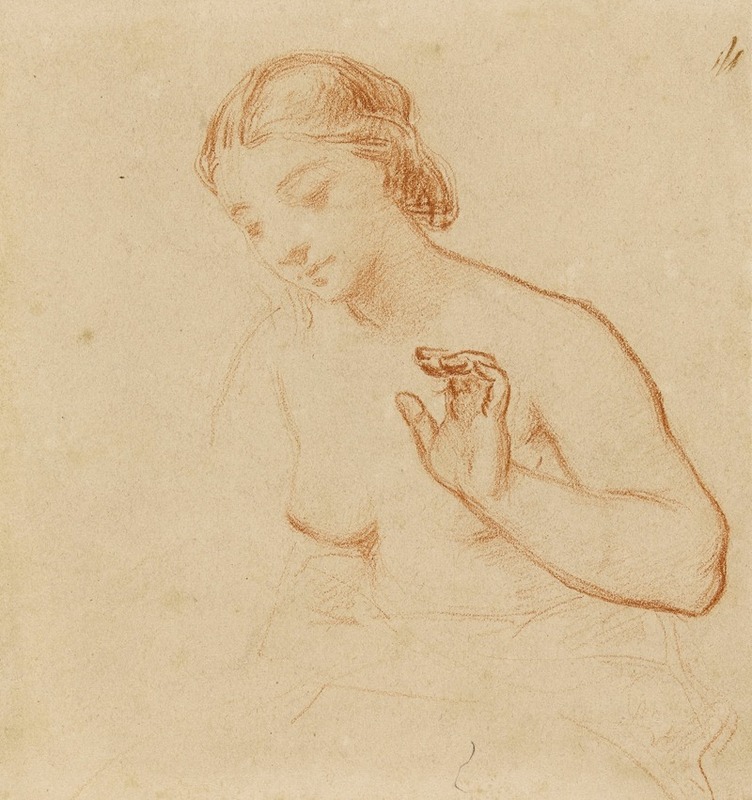
Buste de femme
A hand-painted replica of Narcisse-Virgile Diaz de La Peña’s masterpiece Buste de femme, meticulously crafted by professional artists to capture the true essence of the original. Each piece is created with museum-quality canvas and rare mineral pigments, carefully painted by experienced artists with delicate brushstrokes and rich, layered colors to perfectly recreate the texture of the original artwork. Unlike machine-printed reproductions, this hand-painted version brings the painting to life, infused with the artist’s emotions and skill in every stroke. Whether for personal collection or home decoration, it instantly elevates the artistic atmosphere of any space.
Narcisse-Virgile Diaz de la Peña was a prominent 19th-century French painter associated with the Barbizon School, a movement that emphasized naturalism and was a precursor to Impressionism. Diaz de la Peña was known for his vibrant use of color and his ability to capture the subtleties of light and shadow in his works. Among his diverse oeuvre, "Buste de femme" is one of his notable pieces, although specific details about this particular painting are limited.
"Buste de femme," translated as "Bust of a Woman," reflects Diaz de la Peña's skill in portraiture, a genre he occasionally explored alongside his more famous landscapes. While the exact date of creation for "Buste de femme" is not well-documented, it is consistent with the style and technique Diaz de la Peña employed during the height of his career in the mid-19th century.
The painting likely features a female subject, depicted from the shoulders up, focusing on the facial expression and the play of light across her features. Diaz de la Peña's portraits often exhibit a romantic and idealized quality, capturing the essence of his subjects with a sense of immediacy and intimacy. His use of color is typically rich and warm, contributing to the overall mood and atmosphere of the piece.
Diaz de la Peña's work was influenced by his contemporaries and the natural surroundings of the Fontainebleau Forest, where he frequently painted. His portraits, including "Buste de femme," often reflect the same attention to detail and appreciation for natural beauty that characterize his landscapes. The Barbizon School's emphasis on realism and the depiction of everyday life can also be seen in his approach to portraiture, where he sought to convey the personality and inner life of his subjects.
While "Buste de femme" may not be as widely recognized as some of Diaz de la Peña's other works, it contributes to the understanding of his versatility as an artist. His ability to move between landscapes and portraiture demonstrates his adaptability and the breadth of his artistic talent. The painting serves as an example of his contribution to the development of 19th-century French art, bridging the gap between Romanticism and the emerging Impressionist movement.
Diaz de la Peña's legacy is marked by his influence on later artists and his role in the transition towards modern art. His works, including "Buste de femme," continue to be studied and appreciated for their technical skill and emotional depth. Although specific information about "Buste de femme" is scarce, it remains a testament to Diaz de la Peña's enduring impact on the art world.
In summary, "Buste de femme" by Narcisse-Virgile Diaz de la Peña is a reflection of the artist's skill in portraiture and his contribution to the Barbizon School. While detailed information about the painting is limited, it exemplifies the qualities that define Diaz de la Peña's work: a mastery of color, light, and an ability to capture the essence of his subjects.





